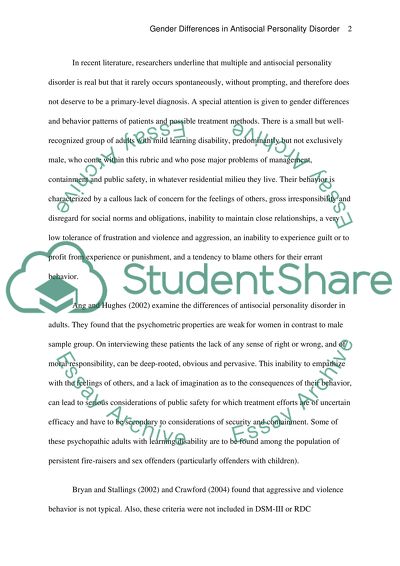Cite this document
(“Gender Differences in Antisocial Personality Disorder Essay”, n.d.)
Gender Differences in Antisocial Personality Disorder Essay. Retrieved from https://studentshare.org/psychology/1507809-gender-differences-in-antisocial-personality-disorder
Gender Differences in Antisocial Personality Disorder Essay. Retrieved from https://studentshare.org/psychology/1507809-gender-differences-in-antisocial-personality-disorder
(Gender Differences in Antisocial Personality Disorder Essay)
Gender Differences in Antisocial Personality Disorder Essay. https://studentshare.org/psychology/1507809-gender-differences-in-antisocial-personality-disorder.
Gender Differences in Antisocial Personality Disorder Essay. https://studentshare.org/psychology/1507809-gender-differences-in-antisocial-personality-disorder.
“Gender Differences in Antisocial Personality Disorder Essay”, n.d. https://studentshare.org/psychology/1507809-gender-differences-in-antisocial-personality-disorder.


